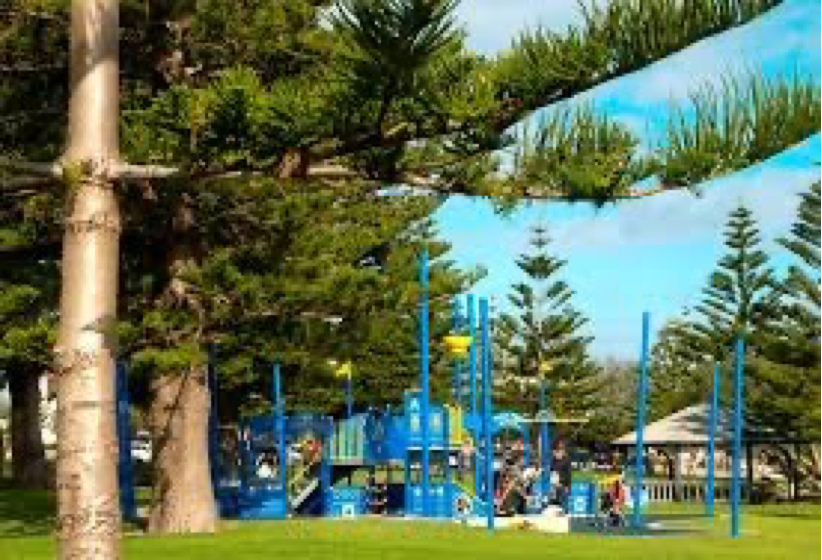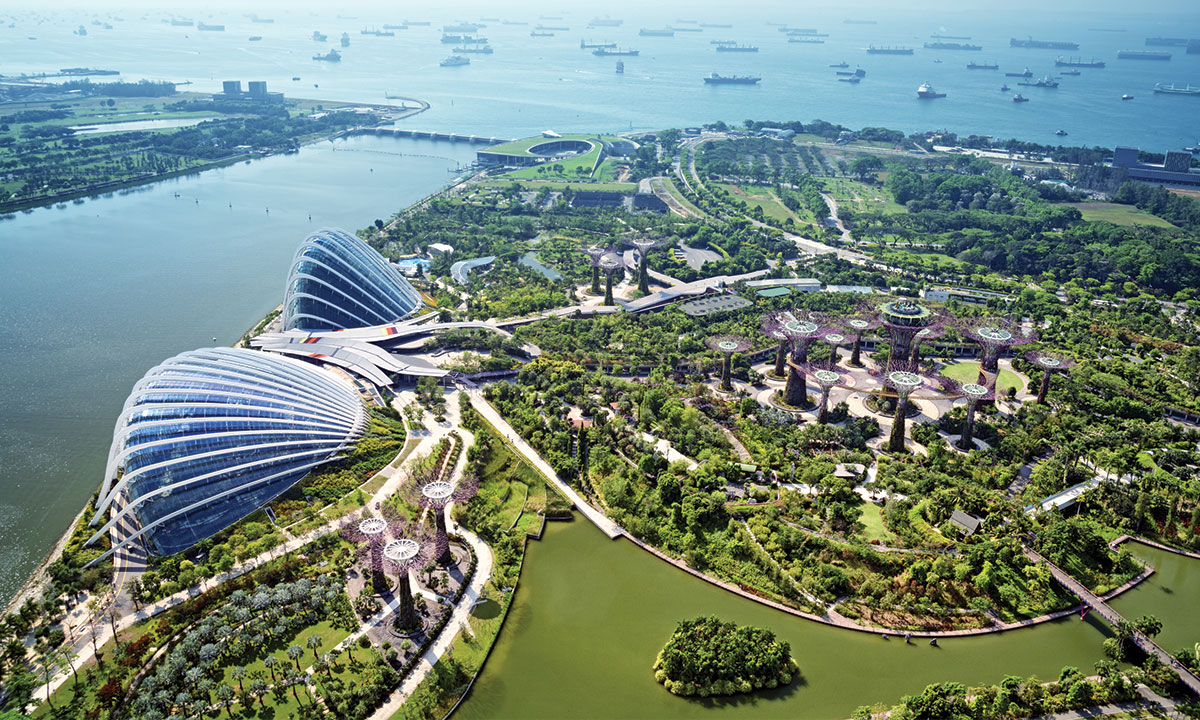In terms of social and cultural benefits, the biophilic city could create positive impacts on the local community relationships and community development. Different aspects of a biophilic city have a variety ways to influence the social and cultural aspects of a community. A green environment helps people feel relaxed and more easily contact each other. Parks (Figure 12) and community gardens provide the opportunities for people to meet and explore the connection with each other, especially children who can play and grow in a healthy environment. It also creates the natural love insights for children with the love to nature. All of the relationships and social connections can form the culture in commuity activities and build up a cultural city with the love of nature.
In terms of educational benefits, urban farming can provide job training for young people and those looking for new opportunities. In addition, working in urban agriculture requires a multitude of skills in areas such as leadership, fundraising, marketing, project management, and customer service, each of which may be acquired through formal programs, routine, or daily participation. Urban agriculture also offers opportunities to gain knowledge and expertise in aspects of the food system, including agriculture methods, sustainability and environmental stewardship, horticulture, animal husbandry, food provenance, and nutrition. With the green corridor and verges, it will reduce traffic, heat, encourage people for walking and bicycling, and links the biophilic elements. This will make the connection between people and people, people with nature and building the relationship as well as provide educational insights (SBErnc 2013).
Social and cultural benefits have close connection with each other. The unique culture will create a strong sense of place with the residents. The neighborhoods and development projects in biophilic cities offer a connection and opportunities for people to interact, socialize and promote the existing value around the nature and water, the place where people enjoy the nature and feel responsible for the well-being of the environment.. This forms the base upon which to build a the resilient and sustainable community, to build a sense of place for people in a biophilic city.

Sense of place is where people respect, enjoy, connect and celebrate the qualities of a place, both with the built and natural environment (Newman and Jennings 2008). Sense of place is very special and unique; it is emotional attachment with the place. It distinguishes one place from another, tying people with the place to create a feeling of belonging, and encouraging the development of strong local communities (Beatley 2004). Fostering and developing a sense of place plays a significant role in building resilient cities which bring out the human dimension of green urbanism. The sense of belonging will connect them and creates culture (Newman et al 2009). Therefore, people living in a biophilic city will feel comfortable when having chances to enjoy the environment as well as having the connection with the place. In addition, the biophilic city also provide the economic benefit which can support people having a prosperous life.
Part 1 here:

1 thought on “Benefits between a biophilic city and humans - (Part 2: Social and cultural benefits)”
Comments are closed.